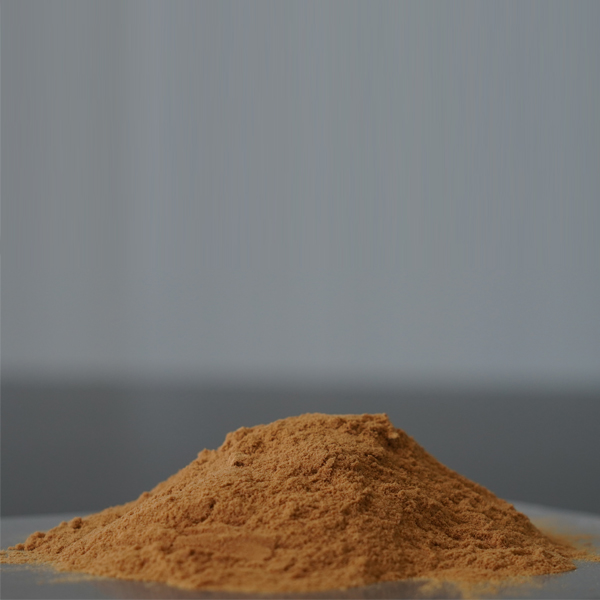
News
marras . 30, 2024 21:30 Back to list
micronutrients for plants
Micronutrients for Plants Essential Elements for Growth and Development
Plants, like all living organisms, require a range of nutrients to grow and thrive. While macronutrients such as nitrogen, phosphorus, and potassium are widely recognized for their crucial roles in plant health, micronutrients are equally important, albeit needed in much smaller quantities. Micronutrients, which include elements such as iron, manganese, zinc, copper, molybdenum, and boron, play vital roles in various physiological and biochemical processes that underpin plant development.
The Importance of Micronutrients
Micronutrients are essential for many functions within plants, including enzyme activation, photosynthesis, respiration, and hormone production. They serve as co-factors for numerous enzymes, which means that without these micronutrients, certain enzymatic reactions would not occur efficiently, if at all. For instance, iron is critical for the synthesis of chlorophyll, the green pigment involved in photosynthesis. A deficiency in iron often leads to chlorosis, a condition marked by yellowing leaves and stunted growth.
Zinc is another key micronutrient that facilitates enzyme reactions and is fundamental for the synthesis of vital plant hormones such as auxins, which regulate growth
. Similarly, manganese is important for the photosynthetic process, particularly in the oxygen-evolving complex of photosystem II.Deficiency Symptoms and Effects
The symptoms of micronutrient deficiency can vary widely among different nutrients, but they often share common traits such as stunted growth, chlorosis, and necrosis. For example, a deficiency in boron can lead to brittle stems and poor fruit development, while a lack of copper may result in wilting and leaf curling. Identifying these deficiency symptoms early is crucial for effective plant management.
micronutrients for plants

Soil conditions, pH levels, and interactions with other nutrients can affect the availability of micronutrients. For instance, high soil pH can reduce the solubility of many micronutrients, making them less accessible to plants. Therefore, monitoring soil health and ensuring that it maintains proper pH levels is essential for maximizing micronutrient availability.
Sources of Micronutrients
Micronutrients can be sourced from both soil and fertilizers. Healthy soil typically contains a mix of organic matter and minerals, which provide essential micronutrients. However, modern agricultural practices, such as monoculture and intensive farming, can deplete soils of these vital components over time.
To replenish micronutrient levels, various fertilizers can be applied. These can be categorized as organic or inorganic. Organic sources, such as compost or well-rotted manure, can supply micronutrients while also improving soil structure and health. In contrast, inorganic fertilizers specifically designed to boost micronutrient levels are also widely available. These fertilizers often come in chelated form, which enhances their availability to plants.
Conclusion
Micronutrients are integral to the overall health and productivity of plants. While they are required in minute quantities, their impact on various physiological functions cannot be overstated. As global food production demands increase, the importance of managing micronutrient levels in soil and plants becomes increasingly evident. Ensuring that plants receive an adequate supply of micronutrients will not only enhance their growth and yield but also contribute to sustainable agricultural practices.
In summary, effective micronutrient management involves monitoring plant health, understanding deficiency symptoms, and employing both organic and inorganic sources to replenish these critical elements in the soil. By prioritizing micronutrient health, we can promote robust plant growth, improve food security, and strive towards sustainable agricultural practices that nourish both the land and its inhabitants. As we advance in our agricultural practices, appreciating the significance of micronutrients will be crucial for fostering a resilient and productive food system.
-
Polyaspartic Acid Salts in Agricultural Fertilizers: A Sustainable Solution
NewsJul.21,2025
-
OEM Chelating Agent Preservative Supplier & Manufacturer High-Quality Customized Solutions
NewsJul.08,2025
-
OEM Potassium Chelating Agent Manufacturer - Custom Potassium Oxalate & Citrate Solutions
NewsJul.08,2025
-
OEM Pentasodium DTPA Chelating Agent Supplier & Manufacturer High Purity & Cost-Effective Solutions
NewsJul.08,2025
-
High-Efficiency Chelated Trace Elements Fertilizer Bulk Supplier & Manufacturer Quotes
NewsJul.07,2025
-
High Quality K Formation for a Chelating Agent – Reliable Manufacturer & Supplier
NewsJul.07,2025
